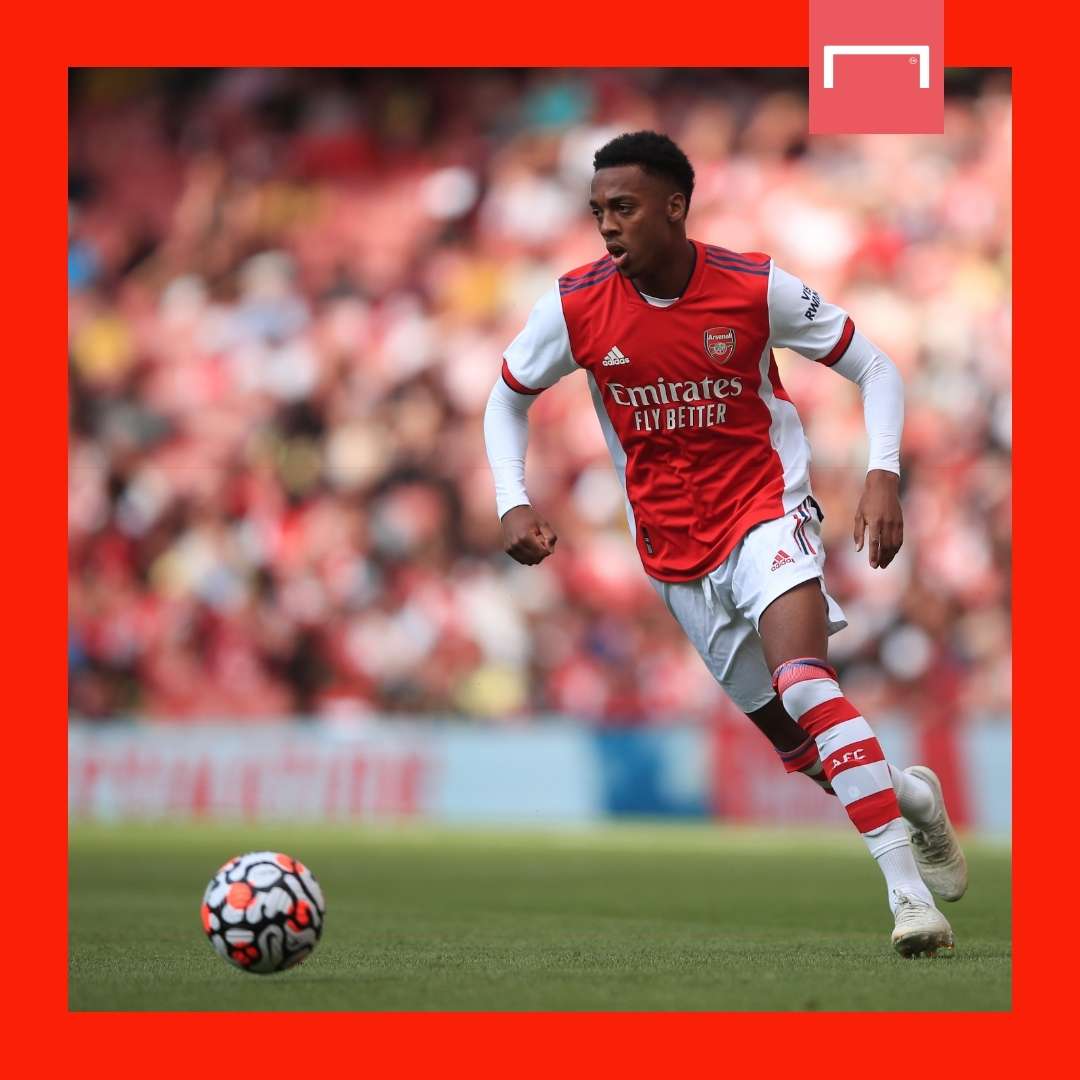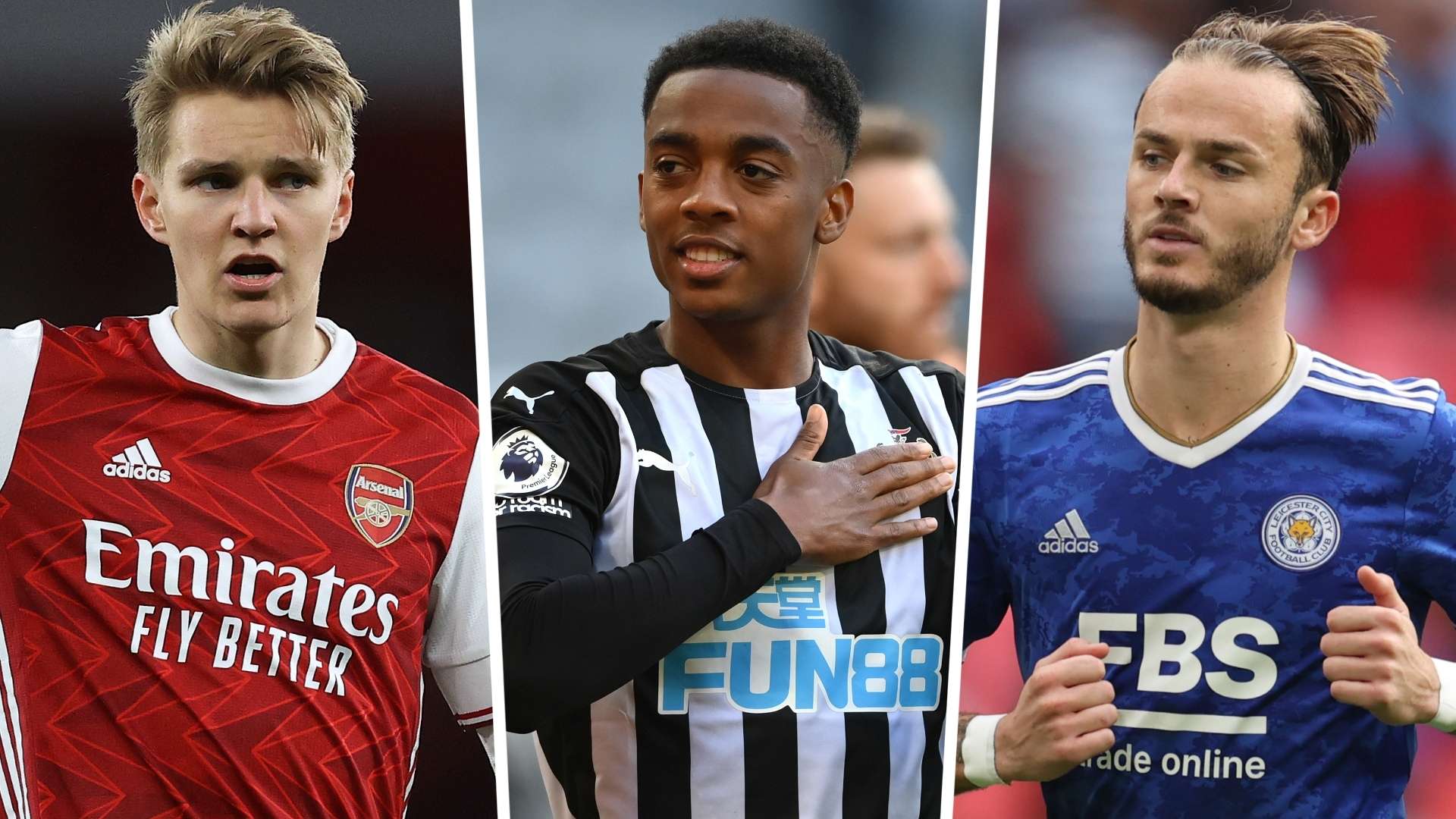Joe Willock bagged as many Premier League goals last season as Bukayo Saka, Emile Smith Rowe and Willian combined.
The attacking midfielder was a sensation while on loan at Newcastle, with his record-setting run of netting in each of the last seven games of the season capping a superb spell in the North East.
“He did great with us and gives us another dimension in midfield that we haven't got," Magpies boss Steve Bruce told reporters. “Joe is our first choice and we are encouraged to keep bashing away.”
Newcastle’s perseverance eventually told this week, when a deal – which could reach around £25 million ($35m) – was agreed with Arsenal for Willock, who now has to agree personal terms.
But why are the Gunners open to letting a free-scoring 21-year-old leave when they struggle for goals?
It’s a deal that has divided a fanbase, with many supporters understandably confused that the Gunners have agreed to cash in on their academy product.
It's not been an easy decision, though.
Willock has been with the club since he was a young boy. He came through the ranks alongside the likes of Smith Rowe and Saka, who are now making waves in Mikel Arteta’s first team on a weekly basis.
And with Arsenal looking to build a young, vibrant squad based around talented, homegrown youngsters, Willock looks like the kind of player they would be desperate to keep at the Emirates.
The idea behind his initial loan spell was always to give him experience of playing in the top flight on a regular basis, rather than to put him in the shop window.
 Getty/Goal
Getty/Goal
“Joe is a player we really like,” Arteta said in April. “It was a difficult decision to let him go, but he needed this type of experience.
"He has stepped in at big moments for them and scored some crucial goals, so that is really good news because it is great for his development.
“At the end of the season, he will come back here and then we will make the decision again for what is best to move forward.”
Willock struck eight times in 14 outings for Newcastle and almost single handedly dragged them away from the relegation places thanks to his scoring spree at the end of the campaign.
When he first arrived, Bruce used him in a slightly deeper central midfield role but he was eventually given license to roam from the No.8 position and Newcastle reaped the benefits of his ability to arrive in the box and get on the end of chances.
“Joe has got some great, unique qualities to play in that position,” said Arteta. “He is a real threat in the opponent's box. Physically, he can do anything you ask for and has got the right mentality, is good technically and he is English.”
So, again, why are Arsenal selling?
They scored just 55 goals in the Premier League last season, with 38 of them coming from Alexandre Lacazette, Pierre-Emerick Aubameyang, Nicolas Pepe and Saka. The only player who scored more than once who wasn’t a forward or a winger, was Smith Rowe – who netted just twice.
A lack of goals from central areas has been a major problem since the departure of Aaron Ramsey two years ago and it has yet to be solved during the current transfer window. Therefore, the fans are understandably confused by Willock's seemingly imminent exit.

Odegaard made a huge impression on Arteta and his coaching staff during last season's loan spell in north London and the Spaniard would love to bring the Norway international back permanently.
Should Real Madrid opt to sell him in the coming weeks, then Arsenal would likely be at the front of the queue for the 22-year-old.
There is also genuine interest in Maddison and there is a belief that Leicester could be tempted into doing business, despite public comments from boss Brendon Rodgers that the England international will remain at the King Power Stadium.
To land either of those two, however, Arsenal would have to spend big money – with Maddison valued at over £60m ($84m) by Leicester and Madrid likely to demand around £40m ($55m) for Odegaard.
And having already spent £75m ($104m) this summer on Ben White, Albert Sambi Lokonga and Nuno Tavares, Arsenal need to bring in funds from player sales.
So far, the only players to leave the club are Matteo Guendouzi, William Saliba and Konstantinos Mavropanos, but they have all departed on loan, although the deals for Guendouzi and Mavropanos will be made permanent next summer should certain clauses be met.
A lack of interest in the likes of Granit Xhaka, Hector Bellerin, Eddie Nketiah, Sead Kolasinac, Ainsley Maitland-Niles and Reiss Nelson – who have all been made available for transfer this summer – means the departure of Willock could be necessary to help fund a move for a new attacking midfielder and a new goalkeeper before the end of the transfer window.
Willock also has just two years left on his contract and, given his form during the final six weeks of last season, there is an argument that his value will never be higher than it is right now.
Arteta also does not play with a classic No.8 in his preferred 4-2-3-1 formation, with Smith Rowe currently operating as the No.10 ahead of the more defensively minded Thomas Partey and Xhaka.
It’s an awkward situation for Arsenal and, ultimately, what Willock goes on to achieve at Newcastle – should the move go through – will determine how it will be remembered.
The scars of Emiliano Martinez's exit are still fresh at Emirates Stadium, with the £20m ($28m) transfer that took the Argentina international goalkeeper to Aston Villa last summer looking worse by the week.
Willock clearly has the potential to follow in Martinez’s footsteps by becoming a big hit in the Premier League.
Given he also came through the youth-team ranks at Arsenal, though, his subsequent success would be an even tougher pill for the fans to swallow.




